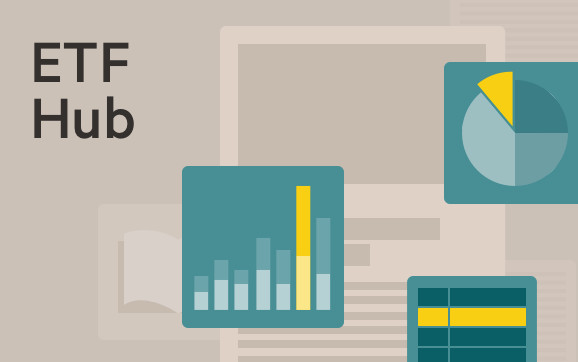Taiwan rules on dividend ETFs will not deter investors, experts say

Simply sign up to the Exchange traded funds myFT Digest -- delivered directly to your inbox.
Latest news on ETFs
Visit our ETF Hub to find out more and to explore our in-depth data and comparison tools
Regulatory pressure on Taiwanese asset managers to disclose how much capital is being used to make payouts from high-dividend exchange traded funds is unlikely to dent investor enthusiasm for the products, experts say.
In September, Taiwan’s regulator announced that from November 1, managers must disclose the dividend composition of ETFs as part of a crackdown on “earnings equalisation mechanisms”. These essentially siphon off a portion of new investments in the funds to support previously targeted dividend payouts that would otherwise be diluted by the new investors.
However, fund firms are now facing scrutiny from the Financial Supervisory Commission after complaints.
Chu Yueh-Chung, assistant professor of the department of finance of Southern Taiwan University of Science and Technology, does not believe the new rules on transparency will have an impact on the growing appetite for high-dividend ETFs in the market.
“Taiwanese investors will be attracted to an ETF as long as it boasts a high dividend payout,” Chu said. “They don’t really care how fund houses can pay higher and higher dividends. And if fund houses still offer dividend payouts as a gimmick, there will still be endless inflows into their ETFs.”
This year, Taiwanese investors have piled NT$93.12bn ($2.89bn) into high-dividend ETFs, attracted by promotions from some asset managers and local media touting dividend payouts as high as 10-13 per cent a year.
In just one week in October, investors poured NT$3.8bn into two popular products, the Yuanta Taiwan Dividend Plus ETF and the Fuh Hwa Taiwan Technology Dividend Highlight ETF, ahead of the ex-dividend date for both ETFs.
Capital Fund’s Taiwan Select High Dividend ETF, which until recently targeted a quarterly payout of about 2.45 per cent, was quoted by the media as providing a 10.5 per cent annualised dividend rate.
Chu, who is critical of these abnormally high-dividend payouts, said investors could easily calculate how much money is paid out of the ETFs in the form of regular income payments by looking at the index it tracks and its constituent stocks.
“How is it possible to pay out dividend higher than it should? There are obviously some problems,” Chu said.
There are currently 16 high-dividend Taiwan equities ETFs with total assets of NT$704.96bn on October 13, according to data from the Taiwan Stock Exchange’s ETFortune platform. Twelve of these were launched in or after 2020 as their popularity grew.
“The regulator needs go back to the root of the problem,” Chu said, adding that asset managers were only able to pay the excessive dividends if they resorted to using the earnings equalisation mechanism.
Latest news on ETFs

Visit the ETF Hub to find out more and to explore our in-depth data and comparison tools helping you to understand everything from performance to ESG ratings
Liu Tsung-Sheng, chair of the Securities Investment Trust and Consulting Association, said many advertisements had started to “overly promote” the ability of high-dividend ETFs to create or increase the dividend payout capacity.
Chu said the launch of more high-dividend Taiwan equities ETFs with even higher payouts would not be good for market development.
“As long as the fund houses see that there is a market for this product, other companies will definitely follow and there is no way around it,” he said. “In the end, bad money will drive out good.”
“Taiwan’s ETF issuers had overplayed their hands,” Chu added. “The market’s recent development has really gone off the rails. It may only take two or three more years for the Taiwan ETF market to become a bubble.”
Comments